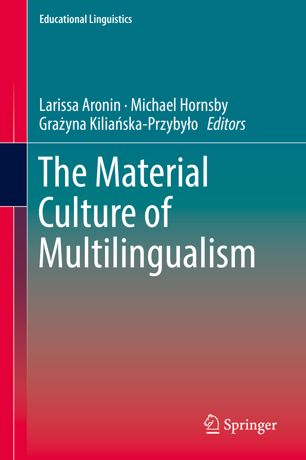

Most ebook files are in PDF format, so you can easily read them using various software such as Foxit Reader or directly on the Google Chrome browser.
Some ebook files are released by publishers in other formats such as .awz, .mobi, .epub, .fb2, etc. You may need to install specific software to read these formats on mobile/PC, such as Calibre.
Please read the tutorial at this link: https://ebookbell.com/faq
We offer FREE conversion to the popular formats you request; however, this may take some time. Therefore, right after payment, please email us, and we will try to provide the service as quickly as possible.
For some exceptional file formats or broken links (if any), please refrain from opening any disputes. Instead, email us first, and we will try to assist within a maximum of 6 hours.
EbookBell Team

5.0
98 reviewsThis volume provides a unique interface between the material and linguistic aspects of communication, education and language use, and cuts across traditional disciplinary boundaries, drawing on fields as varied as applied linguistics, ethnology, sociology, history and philosophy.
Taking texts, images and objects as their starting points, the authors discuss how cultural context is envisioned in particular materialities and in a variety of contexts and localities. The volume, divided into three sections, aims to deal with material culture not only in the daily language practices of the past and the present, but also language teaching in a number of settings. The main thrust of the volume, then, is the exposure of natural ties between language, cognition, identity and the material world.
Aimed at undergraduates, postgraduates and scholars in fields as varied as education, applied linguistics, sociolinguistics, semiotics and other related disciplines, this volume documents and analyses a wide range of case studies. It provides a unique take on multilingualism and expands our understanding of how materialities permit us new and unexpected insights into multilingual practices.